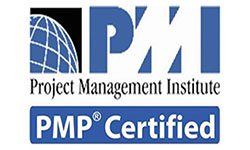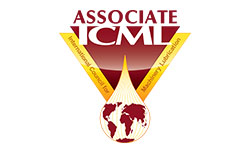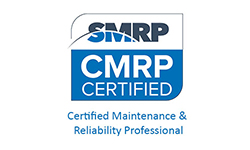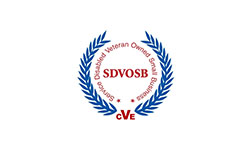Basic Electricity for the non-electrician
This development course is available in both virtual and in-person, instructor-led formats, it is a two-day Basic Electricity development course. It is the most popular of our offerings. It provides a foundational understanding of how electricity works in commercial and industrial settings. The basic Electricity for non-electricians includes hands-on electrical skills improvement and is designed to train maintenance technicians and other non-electrical personnel working in industrial settings or commercial buildings.
Day One – Topics
Description:
In this course, team members are immersed in practical, real-world examples that illustrate how electricity is distributed and used in their plants and facilities. They’ll learn how to use electrical test equipment in their everyday jobs before moving on to an in-depth discussion about major electrical components, where and how these electrical components work, and their purposes within electrical systems. The goal of this basic electrical training course is to teach team members how to reduce electrical equipment downtime, improve overall efficiency and safety, and fix problems they’ve been unable to solve on their own. This course can be adopted as part of a company’s regular Qualified Electrical Worker program.
Course Outline:
Electrical Fundamentals
- How Electricity Is Produced – Six Different Methods
- DC and AC in Plants and Facilities – Hands-on Exercise
- Voltage, Current and Resistance; Ohm’s Law
- Hands-on Circuit-building Activities with Field Components
- a. SimpleCircuit
- b. Series Circuit
- c. Parallel Circuit
- d. CombinationCircuit
- e. Using Multimeters to Measure Voltage, Current, and Resistance in Circuits
- f. Verifying a Circuit is De-energized
- g. 3 Modes of Failure: Open Circuits, Short Circuits, and Ground Faults
- h. Power: What it is, and How It’s Determined
- i. Single-phase and Three-phase Systems
Electrical Test Equipment
- Multimeters–Hands-on Exercise
- Voltage Testers
- Clamp-on Ammeter, Megohmmeters & Others
Understanding Your Building’s Electrical System
- Reading Electrical Single-Line Diagrams
- Major Components
- The Electrical Service
- Motor Control Centers
- Transformers – How they work
- Delta vs. Wye connected systems
- Switchgear and Circuit Breakers
- Overcurrent Protective Devices
- Feeders
- Disconnects
- Motors, Panelboards, and Branch Circuits
- Lighting Circuits
- Electrical Floor Plans & Facility Wiring
Day Two – Topics
Electrical Safety in the Workplace
1. IntroductiontoNFPA70E®
2. Hazards & Dangers of Electricity 3. Shock,ArcFlash,andArcBlast
4. Personal Protective Equipment (PPE)
5. Lockout/Tagout (LOTO)
6. Developing Safe Work
Practices
The National Electrical Code®
1. Purpose, Overview & Definitions
2. InstallationRequirements
3. “QualifiedElectricalWorkers”
Wire Selection
1. Conductor Types & Materials
2. Wire Size and Wire Insulation
Installing Wire (Conductors)
1. Raceways & Cable Trays
2. Conduits
3. Fittings and Boxes
4. Dedicated Working Space
5. Sizing of Fuses/Circuit Breakers
6. Sizing of Motor Overloads
7. ConduitFillConsiderations
Wiring Equipment
1. Wire Nuts, Terminals and Crimpers – hands-on exercise
2. Switches and Receptacles – hands-on exercise
3. Fluorescent Ballasts 4. Motors
5. Temporary Wiring
Basic Troubleshooting Techniques
1. BranchCircuitProblems
2. ControlCircuitTroubleshooting 3. Checking and Replacing Fuses
Electrical Maintenance Activities
1. Performing Checks as part of an Assured Equipment Grounding Program
2. Use and Operation of GFCI’s
3. Types of Electrical Maintenance
4. Special Precautions










